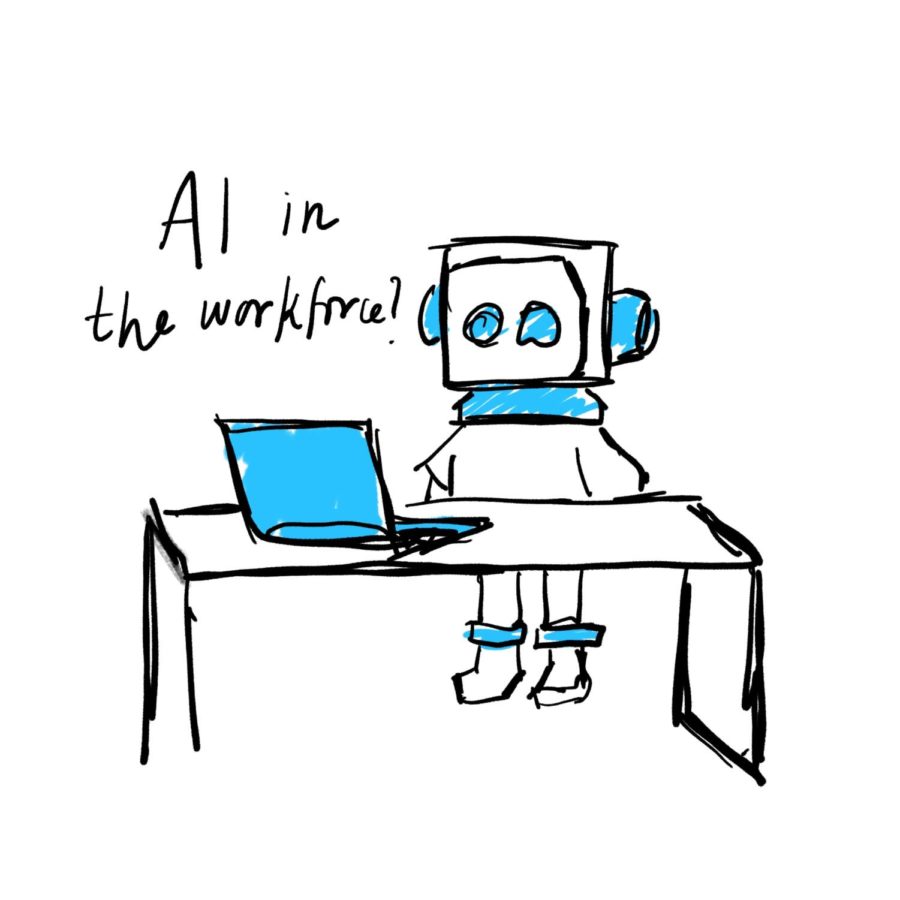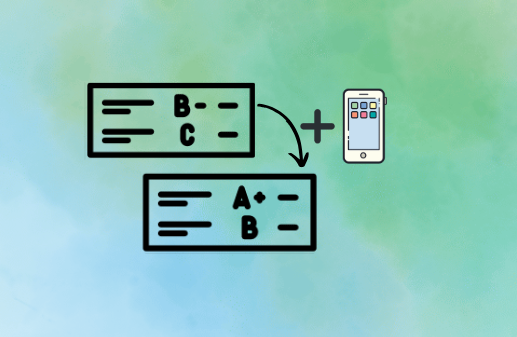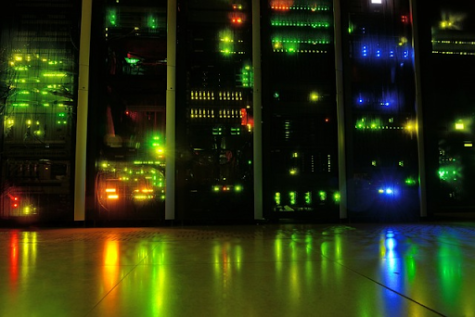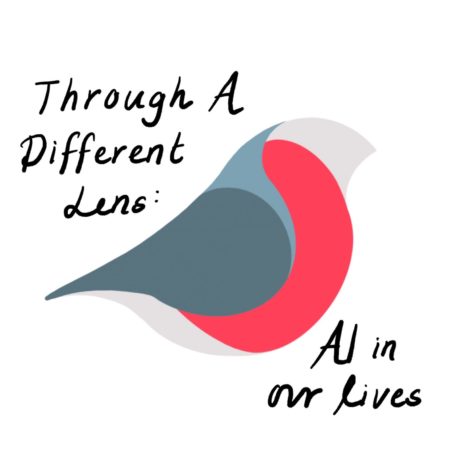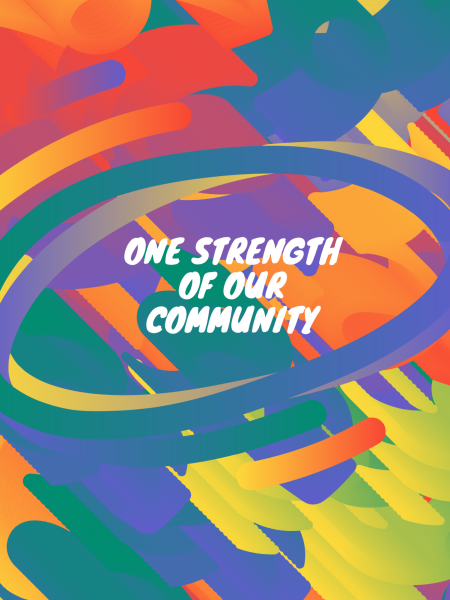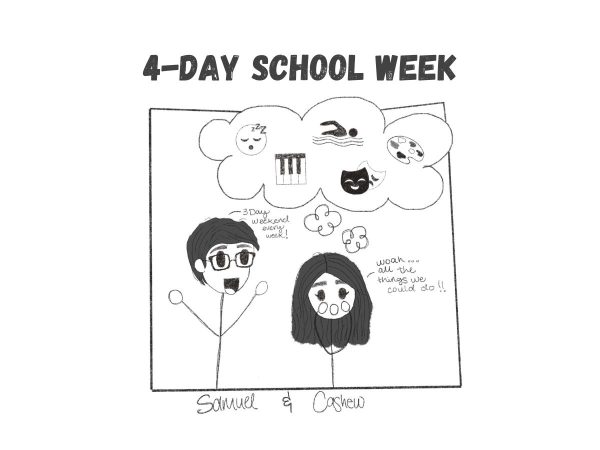How the Future of AI Intersects With the Future of Work
Automated checkout systems, assembly line robots, and self-driving cars. Technological advances are becoming integrated into the workforce, raising anxiety about the future landscape of work. But how far are we from a jobless future?
In the book The Work of the Future: Building Better Jobs in an Age of Intelligent Machines, MIT experts explain that although artificial intelligence will reshape the nature of work, it is far from replacing humans. To understand the pace of this development and deployment of AI and robotic applications, it is worth looking at the historical trends that have been dictated by technological change over time.
When people contemplate emerging technologies, concepts such as Moore’s Law often come to mind. The remarkable prediction of the twofold increase in microprocessor performance, Moore’s Law has become synonymous with the influx of smartphones, apps, and artificial intelligence. This pattern is consistently referred to as an “acceleration,” although many researchers and experts challenge this notion on the basis that these “accelerations” frequently follow gestation periods of three or four decades. For instance, the internet in its basic form was introduced in the 1960s, but would take over 30 years to reach its commercial and mainstream peak. And similarly, it is only recently that the majority of businesses and institutions have started to recognize the value of networked computing. This alternate pattern is recognized as a “J-curve,” an economic theory that indicates technological adoption is gradual until it explodes into universal acceptance. When evaluating the relationship between technology and work, this 40 year timeline can be a useful point of reference.
Looking at places in the world that are frontiering technological advancement, therefore, might offer the most accurate insight into the future. Completely automated manufacturing lines, genetic engineering, drones, and mechanical warehouses. Autonomous vehicles are more than 20 years into their cycle of development, and are just beginning to reach consumer distribution. AI systems today, while disruptive and futuristic, are still in their early developmental cycle. They can process large amounts of data, recognize key patterns, and offer predictions using logic algorithms, but they are still unable to demonstrate consistency or adapt to novel situations. For example, because a vast amount of AI systems are dependent on human-generated data, they perform well in reflecting human behaviors on well-known tasks; however, as a result of their reliance on inherently unreliable data, they incorporate bias and lack robustness. This inconsistent performance under fluctuating conditions leads to hesitation in employing AI in crucial situations such as healthcare and the service industry.
In the workplace, AI is still limited to task-oriented functions—a primary reason humans are still depended upon for their common sense, communication skills, and decision making processes. In other words, AI is able to execute specific duties of a job rather than the full job. “AI can gather research on a topic I need fairly well,” my dad, a patent lawyer, says. “It can give easier access to information that would’ve taken hours to find and compile. But it can’t respond or negotiate with third parties in contract hearings.” He makes a point to acknowledge how much more time he has to work directly with clients and review briefs. “It’s a tool I use that helps me be more productive. I have more energy to expend doing parts of my job that are more substantial.” However, promises of enhanced productivity do not necessarily translate across all professions. While my dad might laud AI as a “helpful tool,” other professionals, such as telemarketers and accountants, might point to it as a threatening advancement in the face of job loss. So while researchers hesitate to parse AI’s deployment timeline, they agree that its influence on various occupations of the workforce will not be experienced uniformly.
This is not the first time technology has acted as a catalyst in transforming the workforce. Whether it’s assembly line workers or pin boys, technology has a history of replacing jobs. But as we recognize the beginning of this J-curve, it’s worth pausing to investigate the implementation and collective responsibility of AI in the workplace. AI has already intersected with the nature of work; in this transitional period, we should instead be asking ourselves how we can ensure that this collision fosters beneficial outcomes for everyone, not just those whose productivity is at stake.

